Our Research
We're focused on addressing the Grand Challenge of Integrative Health. This includes an emphasis on the development and use of technologies to enable more healthy lifestyles and technologies to enhance the availability of healthy food options.
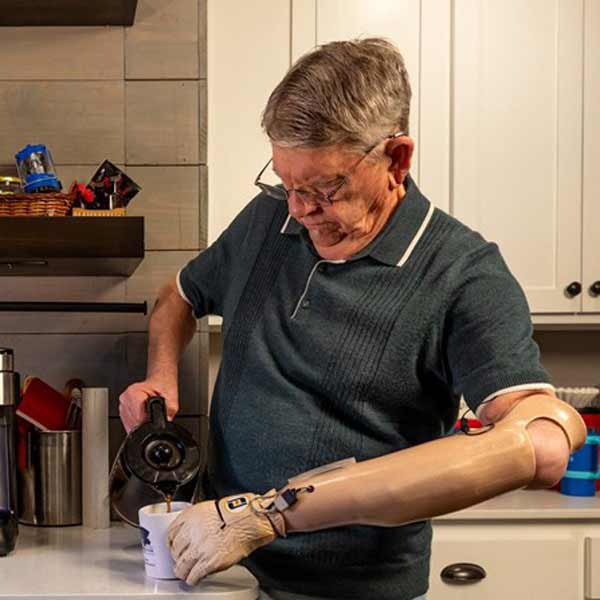
The neural-enabled prosthetic hand system is intended to provide the sense of touch, grasp force, and prosthetic hand opening to individuals with upper limb amputation. It wirelessly communicates information from prosthetic mounted sensors to an implanted neurostimulator connected to fine wire electrodes implanted in nerves. Under the guidance of Drs. James Abbas and Ranu Jung, and through a collaboration with the University of Arkansas for Medical Sciences, five people in the world (three from Arkansas) have received the novel investigational device. The first-in-human clinical trial is approved by the FDA with sites at the University of Arkansas and the Walter Reed National Military Medical Center.
Clinical Trial Currently Open Visit ans.uark.edu to learn more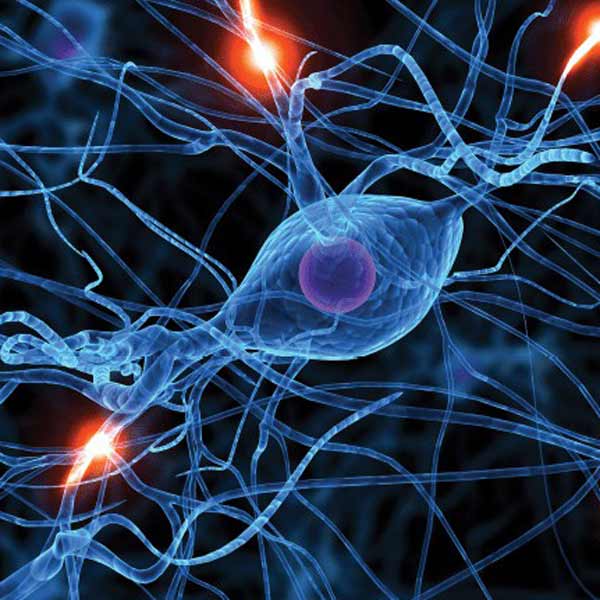
I³R Researchers are pioneering technologies and protocols to advance the field of bioelectronic medicine, an emerging field that combines neuroscience, engineering, and molecular biology to develop technologies that modulate nerve signals to treat disease. By targeting specific neural circuits with electrical or magnetic stimulation, these therapies aim to restore healthy function without drugs, offering new approaches for conditions like chronic pain, inflammation, epilepsy, and paralysis. Bioelectronic devices can be wearable, implantable, or minimally invasive, enabling precise, real-time interaction with the body’s nervous system. This innovative approach has the potential to revolutionize how we diagnose, monitor, and treat a wide range of medical conditions.

ExtendedTouch (xTouch) is a cutting-edge wearable neuro-haptic system developed by I³R researchers to transform sensorimotor rehabilitation through immersive virtual reality (VR) therapy. By reintroducing intuitive sensory feedback into VR environments, xTouch enhances user immersion and promotes neuroplasticity, potentially making rehabilitation more effective for stroke survivors and individuals with physical or neurological impairments. The team has engaged leading neurotechnology companies to develop novel wearable electrode designs that enable dynamic, targeted neural stimulation in real-world environments. This innovation not only improves therapeutic outcomes in clinical and home settings but also opens new frontiers in surgical robotics, military operations, and remote-control systems.
Clinical Trial Currently Open Visit ans.uark.edu to learn more
RestoredTouch (rTouch) is a non-invasive, wearable neuro-haptic system designed to improve upper-limb prosthesis usability by restoring task-relevant sensory feedback for individuals with below-elbow amputations. By translating signals from sensorized prosthetic hands into electrical stimulation on the residual limb, rTouch elicits intuitive tactile sensations referred to the phantom hand, enhancing control, embodiment, and daily function. The system uses multi-channel surface electrodes and advanced neurostimulation strategies to deliver precise, comfortable feedback while minimizing unwanted sensations. rTouch integrates seamlessly with commercial prosthetics and is supported by the development of a portable, clinical-grade neurostimulator and embedded electrode arrays, offering a scalable solution to reduce disability and improve quality of life for prosthetic users.
Clinical Trial Currently Open Visit ans.uark.edu to learn moreWe have several projects underway in the fields of surgical robotics and telepresence, including the development of systems and components for robot-assisted minimally invasive surgery with continum manipulators for orthopaedic surgery, full-body imaging for diagnosis and documenting the progression of skin cancer, integrated robotic systems for neuroplastic surgery, and understanding human sensory and cognitive systems in order to create efficient, intuitive, understandable and transferable extended reality experiences.
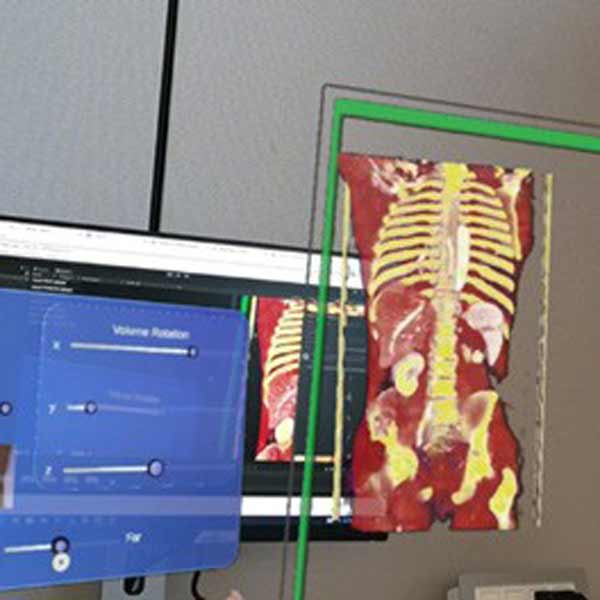
Extended Reality (XR) is an emerging technology that enriches our senses by seamlessly integrating computer-generated content that consistently interacts with the real world. I³R faculty is using this technology to enrich the learning process, promote collaboration, and facilitate the generation of user-specific experiences in multiple educational settings, such as anatomy education.
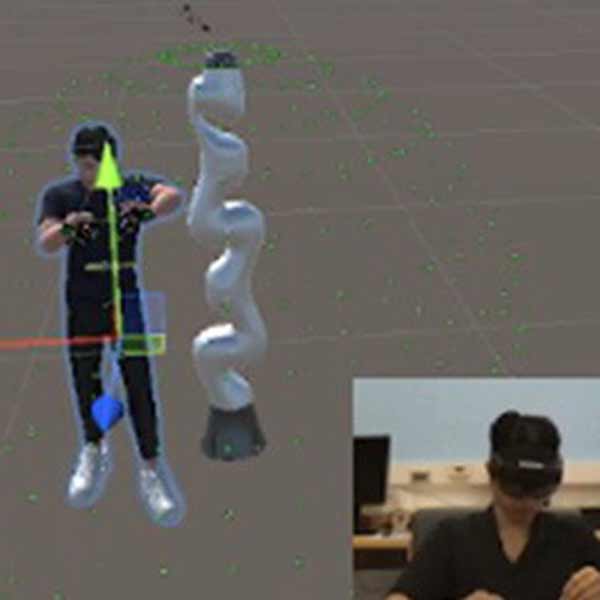
The integration of systems that combine extended reality and robotic systems has shown to improve humans’ capabilities, allowing them to perform very complex tasks. When combined with other technologies like artificial intelligence, these systems can learn from human interactions and adapt to individual preferences and behaviors. The deployment of these systems presents exciting opportunities, but also significant challenges.
Faculty at I³R has extensive experience designing systems that can, in addition to integrating these technologies, build the necessary trust between humans and robots for effective interaction, ensure the safety and security of the users, and enable more efficient collaboration between the operators and the system.
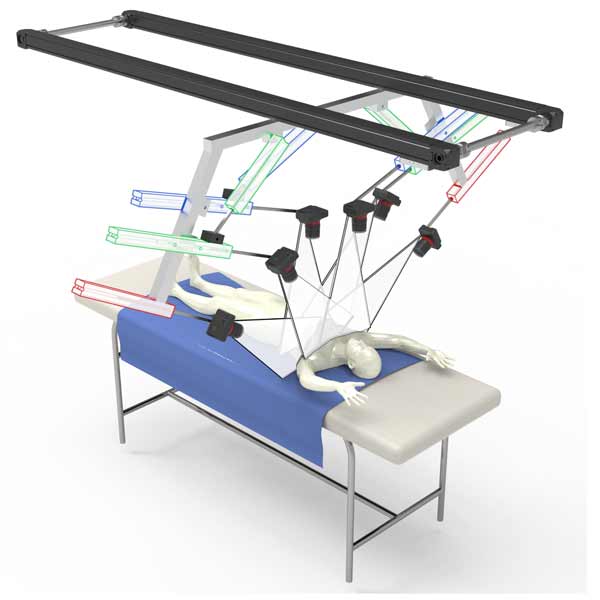
In collaboration with Lumo Imaging, I³R faculty have developed LumoScanners—advanced Total-Body Photography devices using extended reality, robotics, and AI. These tools enhance skin cancer screening by enabling automated detection, feature analysis, and tracking of skin lesions through digital replicas of patient anatomy. Designed for primary care, LumoScanners aim to improve early melanoma diagnosis, prognosis, and reduce treatment costs.
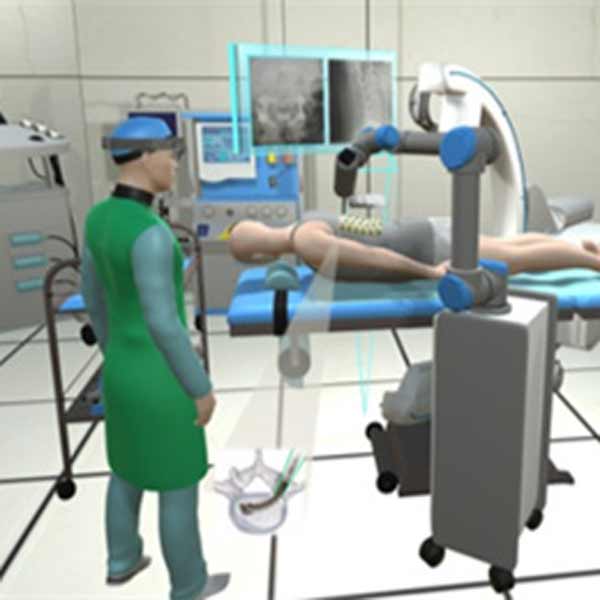
Through a series of NIH-funded projects, I³R faculty members are developing novel Image-Guided Robotic Intervention Systems. These systems enable integration of medical images, novel sensors and devices, extended reality visualization, and biomechanical analysis for advancing state-of-the-art orthopedic surgeries. Specific surgical applications include augmentation of the osteoporotic hip, treatment of bone defects, and spinal fusion.

The widespread utilization of flexible instruments and snake-like manipulators in minimally-invasive surgery is attributed to their exceptional maneuverability and expansive operational range. However, their real-time shape control during minimally invasive surgery is a challenging task. I³R faculty members, through a series of NIH-funded projects, have explored the design of flexible surgical tools and sensing methods for their control and use in surgical environments.
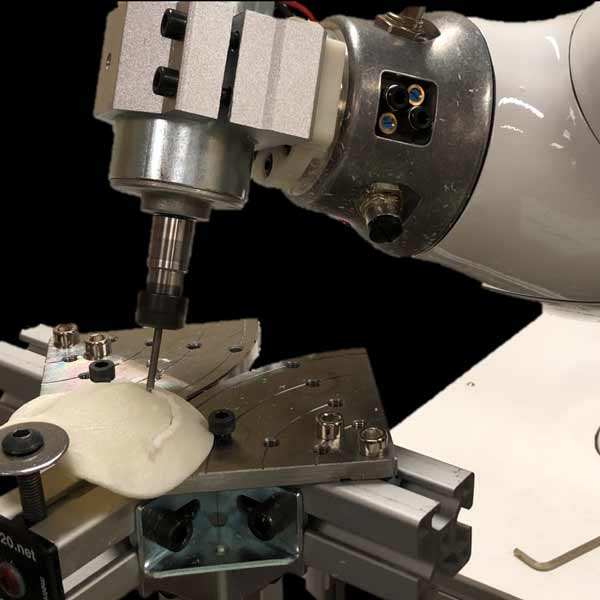
This project advances neuroplastic surgery by developing a robotic, computer-integrated workflow for single-stage cranioplasty using customized cranial implants (CCIs). Traditional manual resizing is slow and imprecise, risking poor fit and complications. The new robotic system enables faster, more accurate intraoperative CCI resizing, improving surgical outcomes and reducing risks.
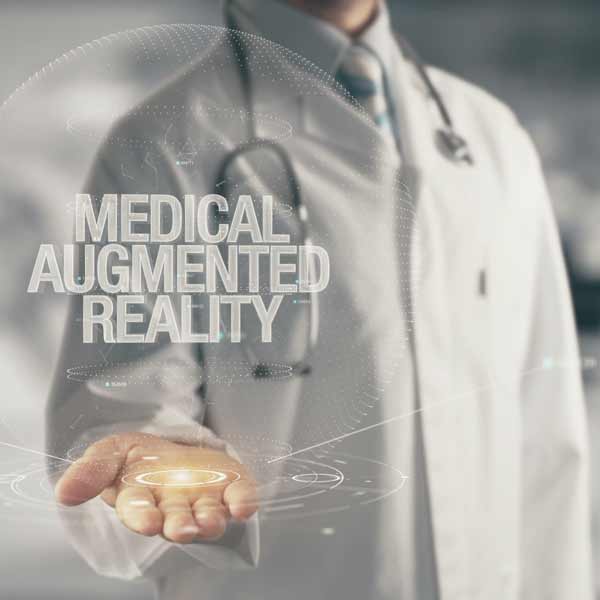
The Portable Projection Mapping Device (PPMD) is a handheld laser projector with a stereo IR camera that enables real-time, dynamic projection mapping onto moving 3D surfaces. Designed for medical augmented reality use, it projects visuals like CT scans directly onto the body, enhancing surgical visualization without the limitations of head-mounted displays. PPMD supports intraoperative CT registration using IR tracking, offering a wide field of view, multi-user visibility, and no need for calibration—ideal for procedures like neuroplastic surgery where precision is critical.
The institute is pursuing several projects within our Food and Health initative. Together, these projects reflect a holistic approach to wellhealth—addressing the social, nutritional, and economic determinants of health to foster long-term, positive outcomes.

Cultivate IQ, an AI data insights software platform funded by the National Science Foundation's Convergence Accelerator Grant, is designed to connect small and medium-sized farms to distributors. Led by I³R Assistant Research Professor Dr. Meredith Adkins, the project has a highly convergent team including collaborators at the University of Arkansas System Division of Agriculture, University of Arkansas at Pine Bluff, University of Florida, University of Wisconsin-Madison, and two industry partners, Junction AI and Cureate.

Despite the increasing global demand for herbal-based dietary supplements, traditional agricultural practices face numerous challenges and environmental threats. Vertical farming offers a sustainable alternative by cultivating plants in a nutrient-rich mist environment with or without soil. This innovative approach can significantly reduce environmental impact, enhance product quality, and ensure supply chain integrity. The broader aim of this proposal is to investigate the feasibility and efficacy of vertical farming for cultivating high-quality herbal and botanical plants suitable for dietary supplement production.

This project assesses the effects of the Cherokee Nation’s “Getting Ahead” and “First Steps to Hope” programs on the psychosocial and economic well-being of low-income, pregnant Cherokee women and their families. By exploring integrated support and cash transfer strategies, the study reflects I³R’s mission to foster impactful, community-focused research that enhances health, equity, and prosperity, particularly for underserved groups, while generating valuable data for sustainable advancement models.
EdUp Campus Planning: Buildings as Collaboration and Innovation Hubs: I3R at the University of Arkansas
Episode, #7, brought to YOU by Co|Here Campus and Workplace. The guests are, Associate Vice Chancellor, Distinguished Professor, and Founding Executive Director of the Institute for Integrative and Innovative Research at the University of Arkansas, and Meredith Hayes Gordon and Christianne Peschard, Principals, Science and Technology, HGA. Hosted by Dr. Chris Morrett
Human: The World Within
I³R’s Adaptive Neural Systems Group exemplifies the Institute and its people – driven by purpose. Watch their groundbreaking work in restoring sense of touch to individuals with limb loss, featured in the episode “React” on Human: The World Within on Netflix and PBS
Short Takes: Restoring Touch
An innovative prosthetic system developed by researchers at the Institute for Integrative and Innovative Research (I³R) at the University of Arkansas has allowed Arkansan Dewey Hickey to once again experience touch. Hickey, whose hand was amputated in 1963, is the first Arkansan and only the second person in the world to receive the novel prosthetic system, which restores a meaningful sense of touch and grip force to individuals with an upper limb amputation.
Discover RED: Extending Touch
Biomedical engineering researchers at the University of Arkansas' Institute for Integrative & Innovative Research are developing a novel technology that uses electrical stimulation of the nervous system to extend the sense of touch to virtual or extended realities. This stimulation, done via a bracelet or band, can give virtual objects the weight and feel of real ones. This opens the door to a wide range of potential activities, including rehabilitation and physical therapies that currently require patients with limited mobility to travel.
Cultivate IQ
The NSF Convergence Accelerator, aligned to the Directorate for Technology, Innovation and Partnerships (TIP), builds upon NSF's investment in basic research and discovery to accelerate solutions toward societal and economic impact. Convergence Accelerator multidisciplinary teams use convergence research fundamentals and innovation processes to stimulate innovative idea sharing and development of sustainable solutions.